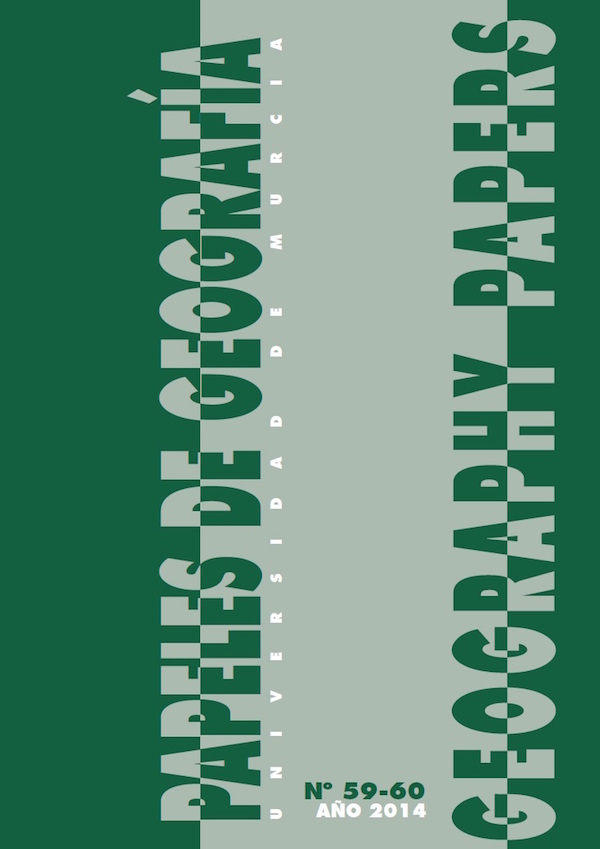The bee-eater (merops apiaster) and the beekeping sector of Murcia region (se Spain): perception of its predation impact and ecogeographical distribution model
Abstract
This paper analyzes, from an ecogeographical perspective, the risk of predation by the Bee-eater (Merops apiaster) on the honeybee (Apis mellifera), in order to assess the perception of its impact on the apiaries of the Region of Murcia. To this end, an inquiry to bee-keepers has been made, and a regional cartography of habitat suitability has been developed on the basis of Ecological Niche Factor Analysis (ENFA) distribution models, taking into account field records of presence. Results are consistent with the proximity between beehives and birds, explaining the perception of a high risk of predation. Strategies are proposed to mitigate the potential impact of bird predation, through the relocation of apiaries in the habitats and landscapes occupied by them.Downloads
-
Abstract316
-
PDF (Español (España))590
The manuscripts published in Papeles de Geografía are subject to the following terms and conditions:
1. The publishing house of the University of Murcia (Servicio de Publicaciones de la Universidad de Murcia) keeps the copyright of the published manuscripts favouring and allowing the use and distribution of such works under the licence in 2 below.
© Servicio de Publicaciones, Universidad de Murcia, 2011
2. Manuscripts are published electronically under an Attribution Non-Commercial No Derivatives 3.0 Unported Creative Commons Licence Spain (Legal text). Readers are free to copy, use, share and redistribute the material in any medium or format as long as (i) appropriate credit is given to authors and original source (journal, publishing house and URL); (ii) the material is not used for commercial purposes and (iii) this licence and restrictions are stated.
3. Self-archive. Authors are allowed and encouraged to distribute pre-print versions (prior to evaluation) and/or post-print versions (after evaluation and accepted for publication) of their manuscripts. This favours the dissemination and early distribution of scientific knowledge and citing.





